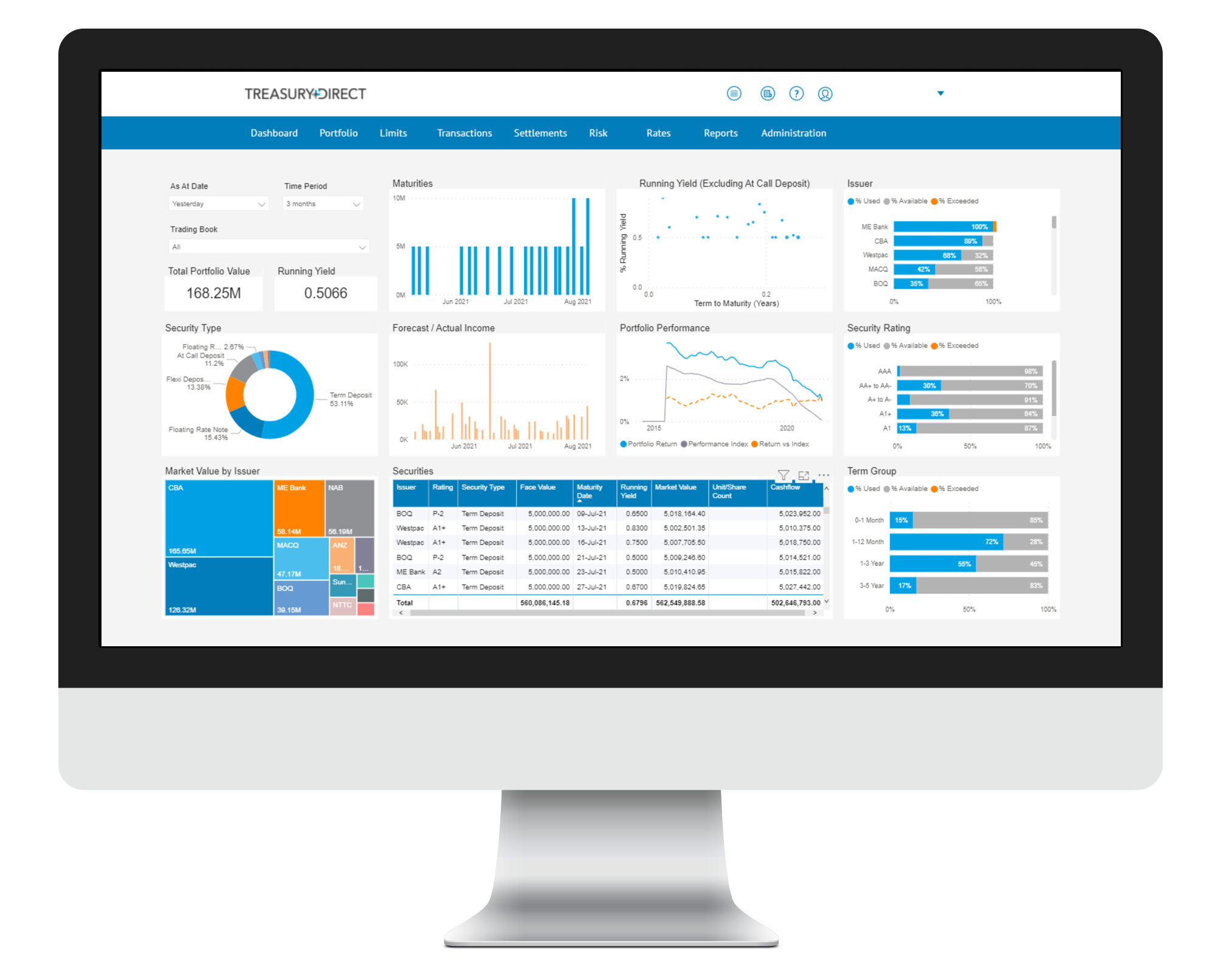Markets Overview
- ASX SPI 200 futures down 0.2% to 7,119.00
- Dow Average up 0.3% to 33,665.02
- Aussie down 0.3% to 0.6653 per US$
- U.S. 10-year yield rose 13.5bps to 3.7952%
- Australia 3-year bond yield rose 5.7 bps to 3.70%
- Australia 10-year bond yield rose 2.4 bps to 3.83%
- Gold spot down 1.2% to $1,940.05
- Brent futures up 0.7% to $76.84/bbl
Economic Events
- 10:30: (AU) Australia to Sell A$1 Billion 77-Day Bills
- 11:30: (AU) April Exports MoM, prior 4%
- 11:30: (AU) April Imports MoM, prior 2%
- 11:30: (AU) April International Trade Balance, est. A$13.7b, prior A$15.3b
Stocks in Asia are poised to open lower in the wake of a slide on Wall Street as traders boosted bets on a US rate hike after a surprise increase by the Bank of Canada.
Futures for benchmarks in Australia, Japan and Hong Kong declined. Tech shares bore the brunt of jitters over higher rates, sending the S&P 500 down for a second day this week and the Nasdaq 100 to its worst day since April.
Treasuries fell across the curve Wednesday, with the benchmark 10-year yield rising 14 basis points to 3.8%. Traders boosted wagers on Federal Reserve tightening, with swaps at one point fully pricing in a quarter-point hike for the July meeting, while those for next week’s decision edged higher but still pricing less than 40% odds of such an increase.
US stocks gained in early trading Wednesday, bringing the S&P 500 to the brink of a bull market. But that all ended abruptly after the Bank of Canada upended markets by unexpectedly restarting its rate-hiking campaign. The move also comes after the Reserve Bank of Australia earlier this week wrong-footed investors with an increase.
Other News
Australian banks have sold $5.6 billion worth of new bonds this week in their strongest showing in the US currency market in 2023, joining lenders around the world taking advantage of a drop in spreads.
Commonwealth Bank of Australia’s New Zealand unit ASB Bank Ltd. marketed notes on Wednesday, following sales by National Australia Bank Ltd, ANZ Group Holdings Ltd. and Macquarie Group Ltd. earlier this week.
They’re also part of a broader trend, with more than 60% of the US high-grade bond issuance of recent days coming from financial institutions, including BNP Paribas SA.
The return to market comes against the backdrop of a sharp drop in spreads on the dollar debt of financial institutions, as concerns about a full-blown crisis in the sector ebb. Investment-grade yield premiums hit their lowest since the collapse of Silicon Valley Bank in March on June 2, according to a Bloomberg index.
“The Aussie banks will have had their eye on the dollar market post the SVB led disruption,” said Brendon Cooper, head of credit strategy at Westpac Banking Corp. The flurry of debt sales “is reflective of the thawing of the US markets for banks as financial sector concerns subside.”
But with spreads on financial institutions’ bonds still 38 basis points wider than their February lows before the banking sector stress erupted, the new cash isn’t necessarily cheap.
NAB, which has a AA- rating from S&P Global Ratings, its fourth-highest score, sold five-year senior debt on Tuesday at 110 basis points over Treasuries, they same level it priced a similar maturity when it tapped the market in early January.
But New Zealand’s ASB marketed its new notes at premium of nearly 25 basis points to its existing bonds, according to calculations by Bloomberg.
Big Australian banks “will access offshore funding markets on an opportunistic basis to take advantage of favorable conditions such as swap rates, liquidity and investor demand,” said Peter Fullerton, a credit analyst at Schroder Investment Management Australia Ltd.
The “slight premium” to Australian dollar-denominated bonds is attractive for investors, he said.
(Bloomberg)

